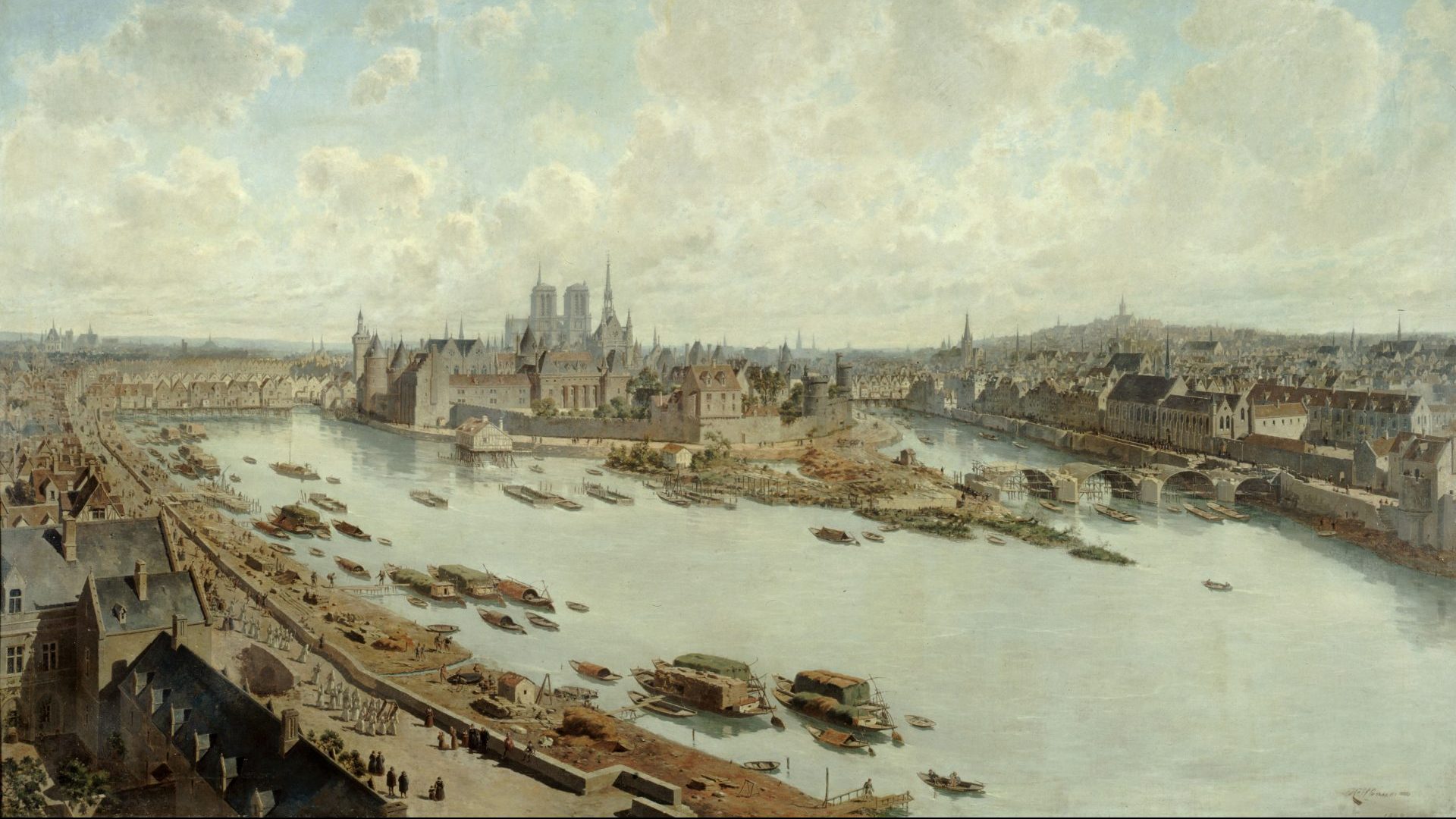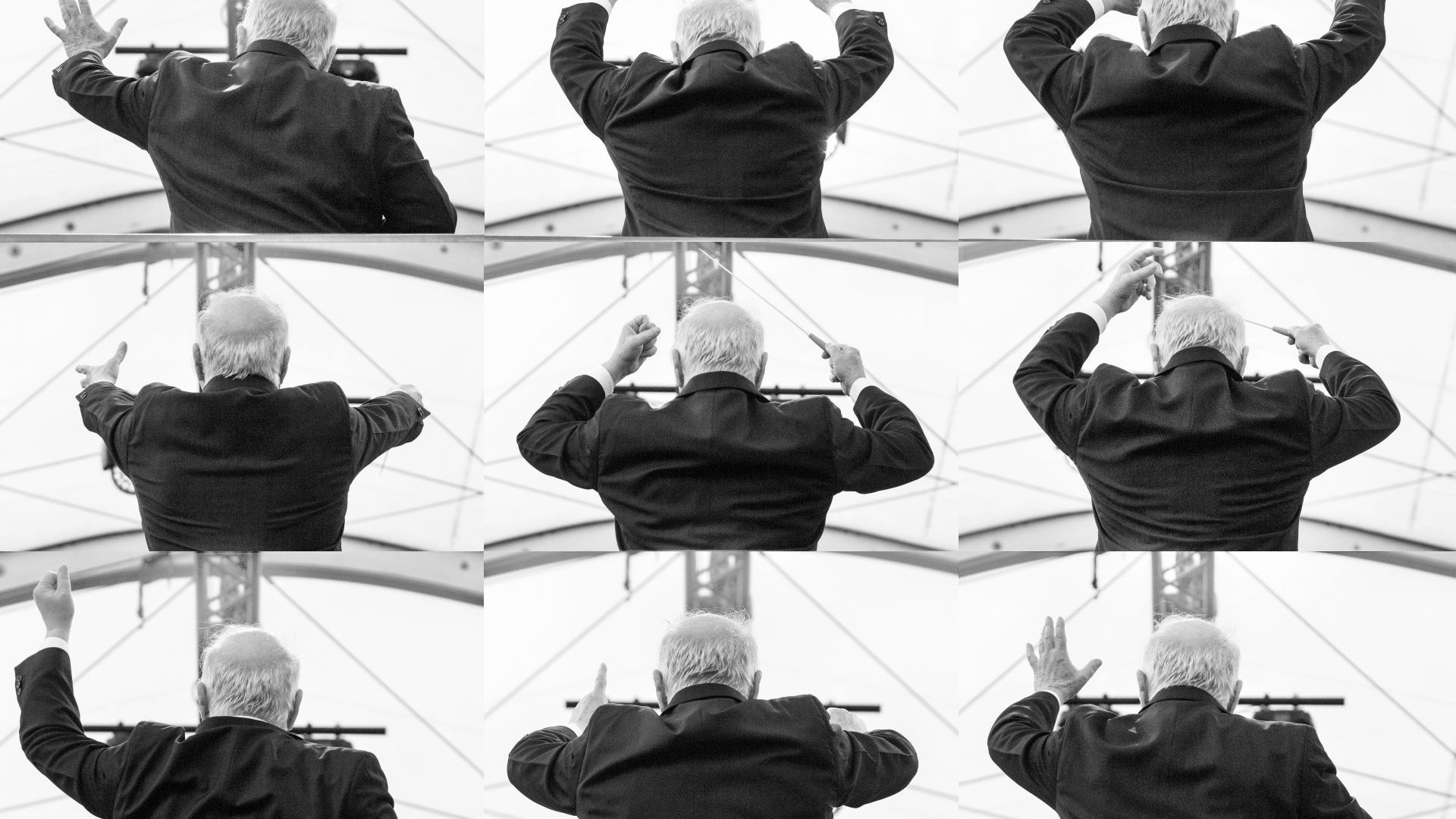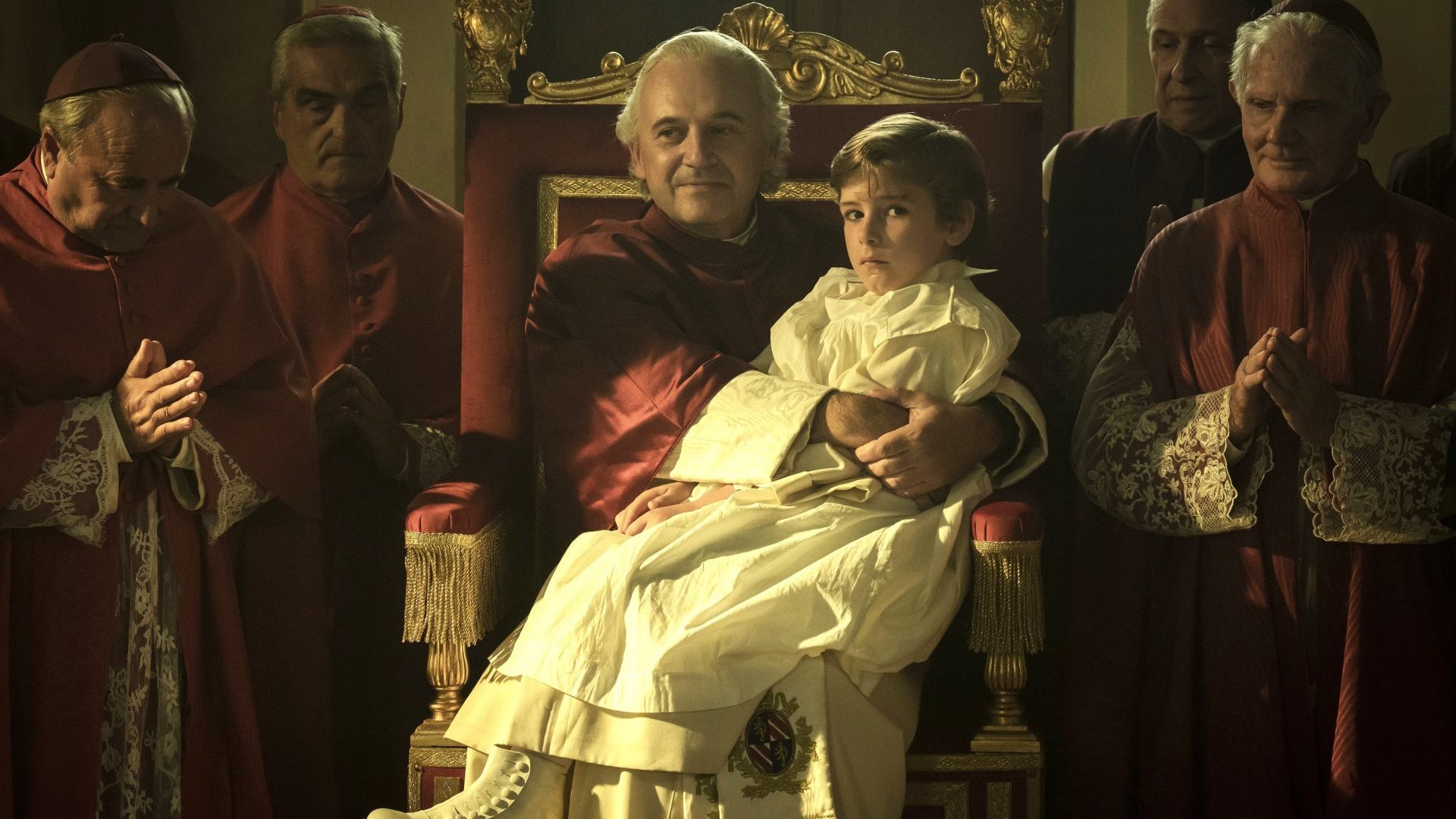I’m sitting on the steps of the Petit Pont that crosses the Seine from the Left Bank to Île de la Cité, an island in the river and the so-called cradle of Paris. I’m eating my packed lunch, watching a tour boat pass by on the very green-looking water, and I’m not sure whether this is natural or the result of algae blooms.
Above me, the sky is grey and I can see the twin-towered western facade of Notre-Dame and, at its rear, the cranes and a chrysalis of scaffolding, where a new spire will be born some day. Located in front of the cathedral is the Archaeological Crypt, and down inside it is a new exhibition, Dans La Seine, showing objects found in the river.
It opens with a collection of flints cut by Neanderthals who stopped on the riverbank at Clichy-la-Garenne some 70,000 years ago and who used these early tools to carve up carcasses and cut vegetation. Lunch, then, is what connects us.
In a vitrine close to the flints is the curved tusk of a woolly mammoth and an illustration of the lone creature making its way through shallow waters. It takes quite a leap of imagination to sit by the Seine afterwards and picture a mammoth strolling by.
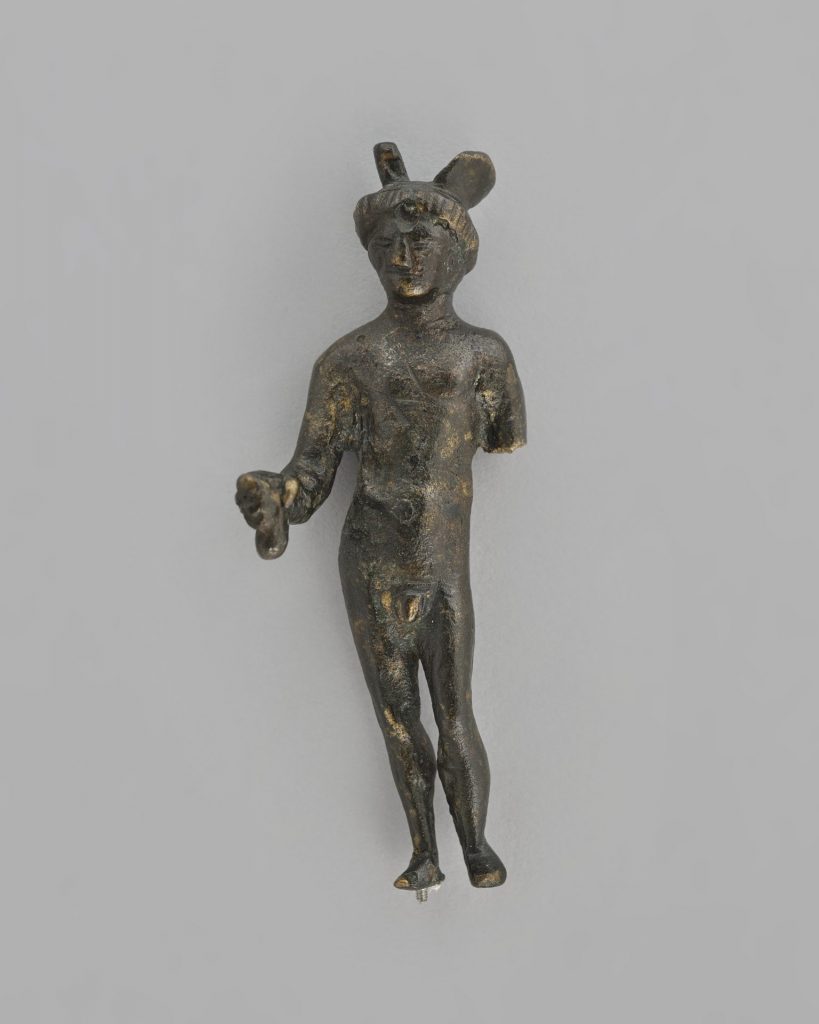
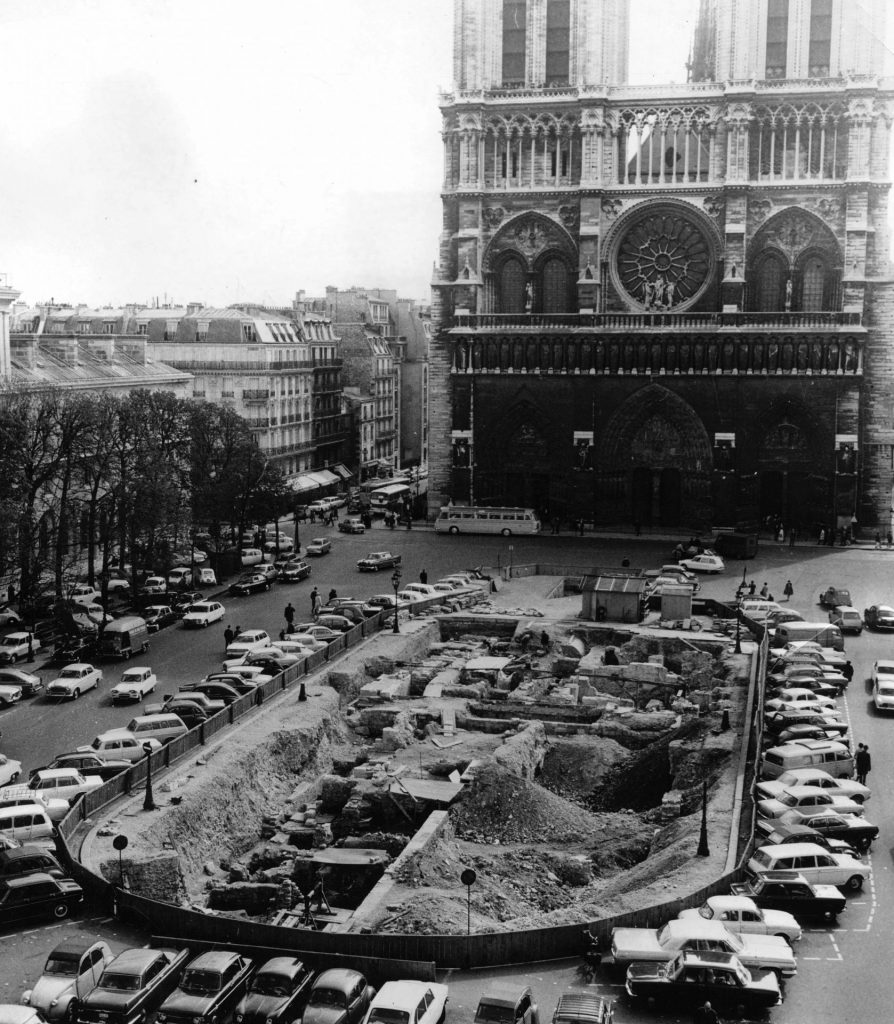
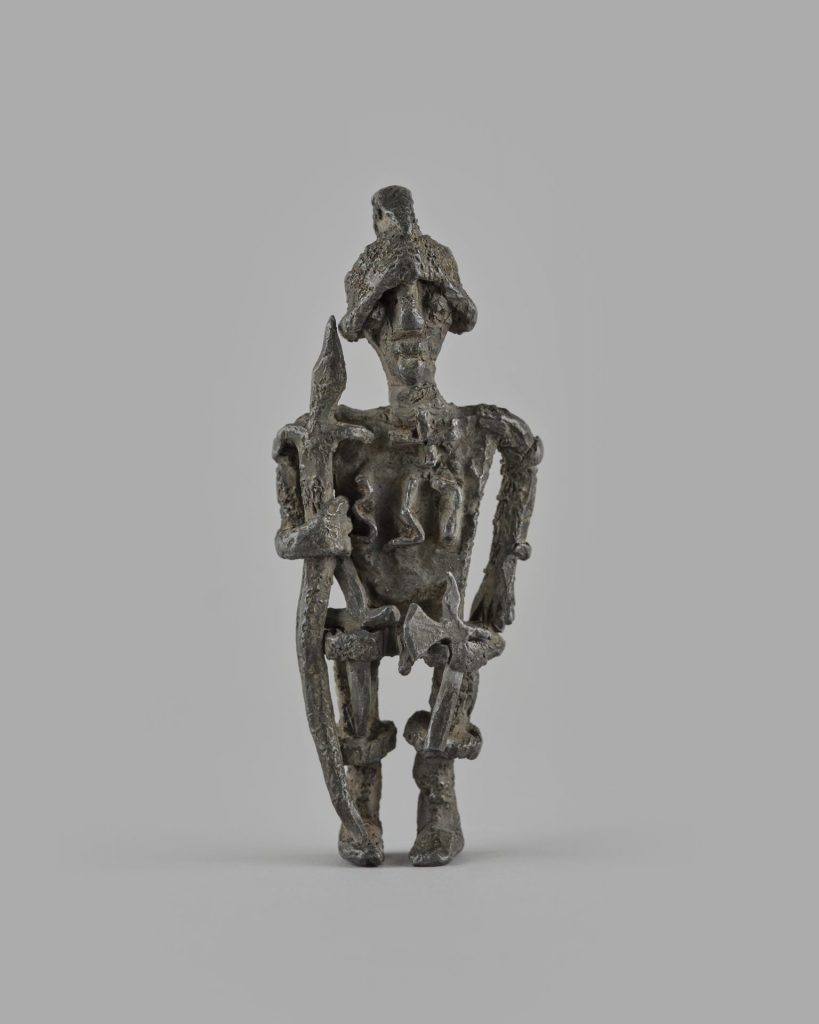
Sylvie Robin, the exhibition’s curator, explains how a 19th-century enthusiast, Jules Reboux, developed a fascination with prehistoric flint tools and began collecting them from sandy quarries north-west of Paris, noticing how they were made in three distinct ways.
Reboux studied the cut edges of the flints, trying to understand the gestural actions of early man by reproducing facsimiles and using them himself on wood, bone, skin and vegetation, an approach now known as traceology.
Île de la Cité is generally believed to be where Paris was founded and, during the Roman period, the city was known as Lutetia. One of the artefacts displayed from this time (first century AD) is an egg-bellied jug made from fine white clay, one of my favourite pieces in the exhibition.
It is perfectly preserved, alongside four other pots and miniature vessels. “It’s exceptionally rare to find ceramics intact,” says Robin. “Usually, in an archaeological dig, for example, they are shards and fragments […] We’ve linked this discovery to possibly a boat that lost its cabin and the ceramics fell into the water and got buried in the soft sediments at the bottom of the river.”
Fishing on the Seine helped feed the population of Lutetia. Lying horizontal on a bed of sand in a glass case and looking very like a stranded fish, is a fishing trap made of elderberry and hazel branches woven into a pleasing basket-like structure.
The creel was found upstream at Pont-sur-Seine (in the Aube department) on a tributary of the Seine where fishermen from antiquity caught eels, roach and perch. Dated from between 86 and 246AD, it has been meticulously restored by replacing the water cells of the waterlogged trap with resin and then freeze-drying it.
Other objects that attracted my attention, because they echo the kind of rituals we still practise, are the ex-voto offerings made to the river itself. The Seine derives its name from Sequana, the Gallo-Roman goddess of the river, and in the archaeological museum at Dijon there’s a bronze statue of her adrift in a duck-shaped boat.
The Romans considered water a sacred intermediary between gods and man, and at the source of the Seine, 40km from Dijon, a healing shrine and Roman temples dedicated to Sequana were discovered in 1836.
Here, pilgrims came to worship, purchasing their ex-votos from workshops on site and casting them into the water, either in thanks for a prayer answered or as a request for intervention. “We have, as in antiquity, the same relationship with the water,” affirms Robin. “That’s to say, sending a wish, making a request, saying a prayer.”
Sequana was associated with childbirth and good health and the offerings made to her were in the form of anatomical parts: there are limbs in limestone – an arm and a hand exhibited here – as well as the bearded head of a man, women’s heads, also a child’s.
It’s probable that the body parts represented the location of the malady to help the goddess know where to apply her healing powers. Included are artefacts from a curious hoard found in a jar inscribed with the name of Rufus. His gift to Sequana comprised 830 silver coins plus male and female genitalia and several pairs of eyes all made in metal plate.
Scavenging, which constituted a thriving second-hand trade along the Seine during the summer months of the 19th century, when the river levels were particularly low – and dredging, which began when improvements were made to the Seine’s quays and riverbanks – were the principal ways these artefacts came to light, later to enter museum collections such as the Musée de Cluny and the Musée Carnavalet.
“Many of the objects here are not documented scientifically,” explains Robin. “So, we can approach their narratives and their history by imagining their journey, which also gives them a certain poetry.”
The community of scavengers were known as Ravageurs de la Seine and existed in the margins of society; they even had their own island (Île des Ravageurs) and, if they were lucky, they sold their finds to collectors such as Arthur Forgeais, an antiques dealer who specialised in “the leads of the Seine”. These were small items made of alloy and tin, consisting of tokens (known as méreaux) for the toll, pilgrim’s badges that were attached to clothes, medals and talismans dating from the Middle Ages onwards.
Three delightful statuettes of knights made of wire and lead from the 15th and 16th centuries were found in the river, possibly in connection with the crusades. The knights stand to attention in their own vitrine in descending order of height, holding swords and spears, with symbols on their breastplates.
They lean this way and that, one is pigeon-toed and another wears a helmet too big for him. Surrealists André Breton and Alberto Giacometti had works like these in their collections and ascribed magical powers to them.
The exhibition closes with the eroded and barely legible head of a Mascaron found at the foot of Pont Neuf in 2014. Pont Neuf is the oldest standing bridge across the Seine in Paris, begun in 1578 and completed in 1607. Mascarons were grotesque masks of satyrs that adorned Parisian houses in the 16th and 17th centuries as protective talismans.
Pont Neuf had a total of 381 Mascaron heads along it, which is quite an impressive army of bodyguards. Looking at the large pitted lump of stone in front of me, I can visualise how fearsome the bridge must have appeared with its full roaring arsenal.
As I leave, I pass through the crypt’s gift shop and spot a shelf of snow domes with tiny models of Notre-Dame in silver and gold. Shopping for trinkets, be it at the shrine of Sequana or at the Archaeological Crypt, is another pastime that connects the visitor with Parisians from centuries before and forces them to confront the looming question – in the centuries to come, what will remain of us?


